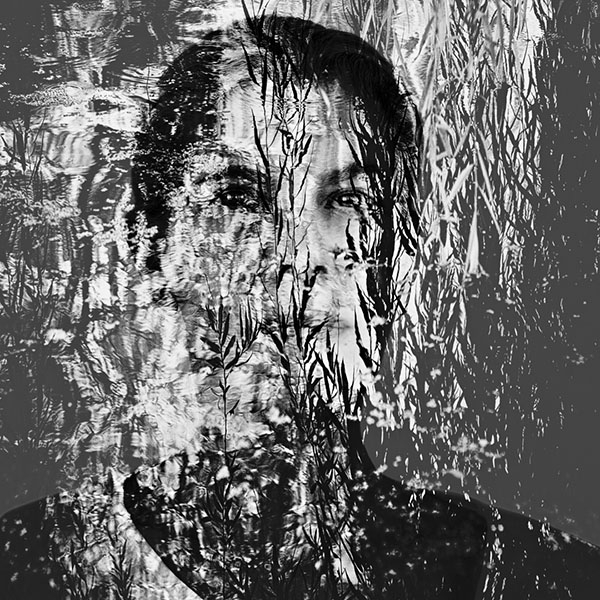B Jane Levine was raised in the suburbs of New Jersey, a short bus ride from New York City. She has a PhD in Biochemistry from Columbia University, but left the field of molecular biology research to raise her family.
After leaving research, she took an interest in photography and began taking classes at ICP and other online platforms. She further honed her skills through many photography trips all over the world. Her photography spans many genres including street photography, landscape photography, and long exposure cityscapes. Currently, her focus is a series of candid portraits of strangers captured on the streets of New York City.
Statement
I prefer to capture moments on the street without the knowledge of the subject so that the expression, gesture and/or movement are authentic. Sometimes I get caught and a subject will give me that nod of recognition at the moment of the shot or after I press the shutter. I often go out with no expectations of subject matter other than looking for a moment, which elicits some emotion that I respond to with the subject, it is mainly driven by an internal signal that connects me to the subject or situation.
Experimentation keeps me in the moment. I try to respect the subjects that I photograph. People show themselves on the street the way they want others to perceive them. I take an image of a moment, which I observe with no other intent other than to memorialize the moment, which I recognize is real for the subject as well as myself. The people in the photographs all possess a characteristic, gesture, or physical trait that I identifies as part of my own story. The series is a composite of pieces of my life – a self-portrait.
